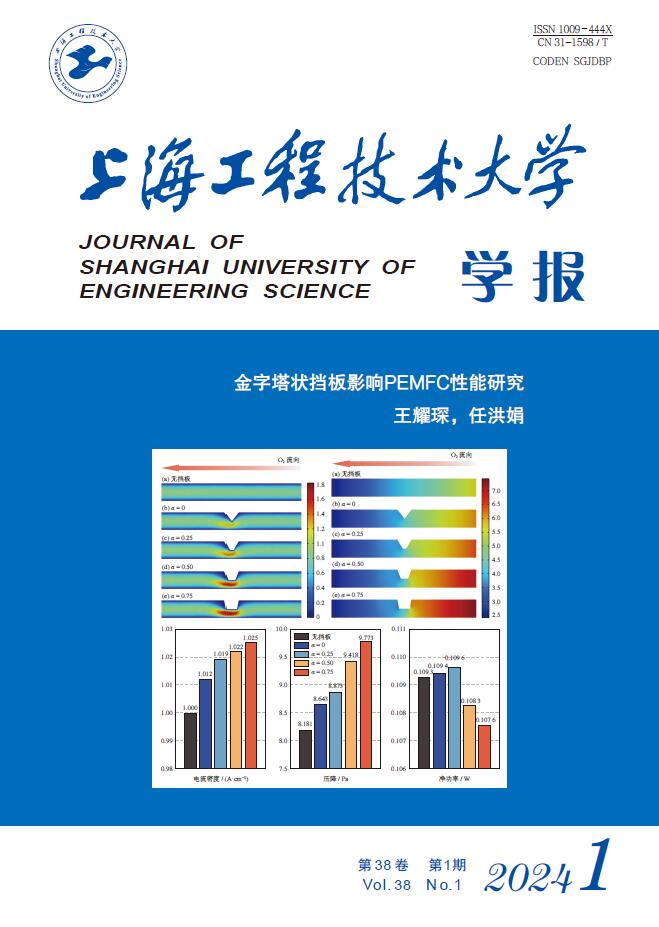2023 Vol. 37, No. 4
Display Method:
2023, 37(4): 335-342.
doi: 10.12299/jsues.22-0242
Abstract:
2023, 37(4): 343-350.
doi: 10.12299/jsues.22-0199
Abstract:
2023, 37(4): 351-358.
doi: 10.12299/jsues.22-0190
Abstract:
2023, 37(4): 359-362.
doi: 10.12299/jsues.22-0329
Abstract:
Study on preparation and tribological properties of PTFE composite lubricant based on uniform design
2023, 37(4): 363-367.
doi: 10.12299/jsues.21-0228
Abstract:
2023, 37(4): 368-371.
doi: 10.12299/jsues.22-0331
Abstract:
2023, 37(4): 372-379, 408.
doi: 10.12299/jsues.22-0209
Abstract:
2023, 37(4): 380-386.
doi: 10.12299/jsues.23-0069
Abstract:
2023, 37(4): 387-396.
doi: 10.12299/jsues.22-0374
Abstract:
2023, 37(4): 397-403.
doi: 10.12299/jsues.22-0334
Abstract:
2023, 37(4): 404-408.
doi: 10.12299/jsues.22-0287
Abstract:
2023, 37(4): 409-413.
doi: 10.12299/jsues.23-0047
Abstract:
2023, 37(4): 414-419.
doi: 10.12299/jsues.21-0086
Abstract:
2023, 37(4): 420-427.
doi: 10.12299/jsues.22-0313
Abstract:
2023, 37(4): 428-434.
doi: 10.12299/jsues.22-0337
Abstract:



 Email Alert
Email Alert
 RSS
RSS
